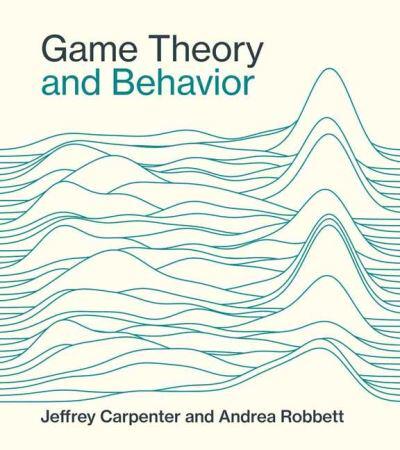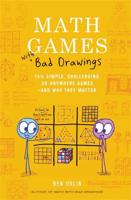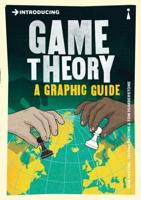Publisher's Synopsis
This introductory text on game theory provides students with both the theoretical tools to analyse situations through the logic of game theory and the intuition and behavioural insights to apply these tools to real-world situations. It is unique among game theory texts in offering a clear, formal introduction to standard game theory while incorporating evidence from experimental data and introducing recent behavioural models. Students will not only learn about incentives, how to represent situations as games, and what agents "should" do in these situations, but they will also be presented with evidence that either confirms the theoretical assumptions or suggests a way in which the theory might be updated. Features: · Each chapter begins with a motivating example that can be run as an experiment and ends with a discussion of the behaviour in the example. · Parts I-IV cover the fundamental "nuts and bolts" of any introductory game theory course, including the theory of games, simple games with simultaneous decision making by players, sequential move games, and incomplete information in simultaneous and sequential move games. · Parts V-VII apply the tools developed in previous sections to bargaining, cooperative game theory, market design, social dilemmas, and social choice and voting. · Part VIII offers a more in-depth discussion of behavioural game theory models including evolutionary and psychological game theory. · Supplemental material on the book's website include solutions to end-of-chapter exercises, a manual for running each chapter's experimental games using pencil and paper, and the oTree codes for running the games online.









